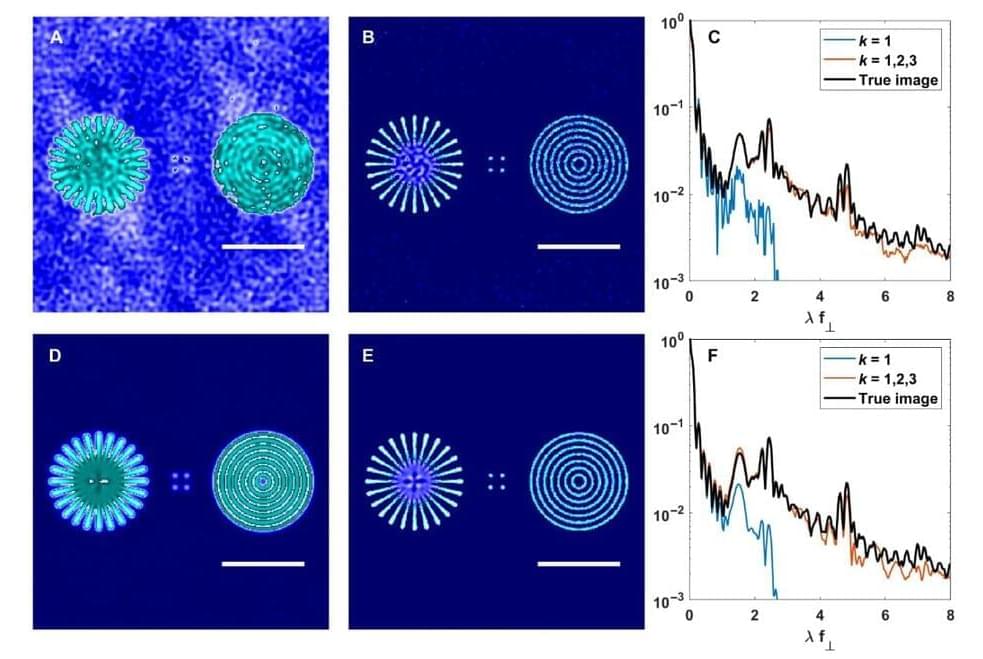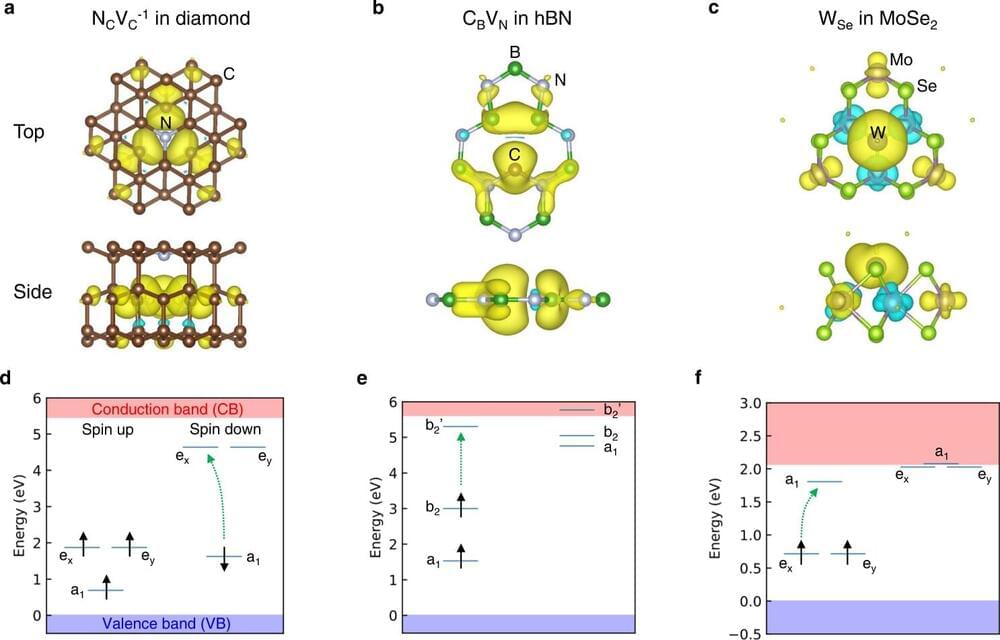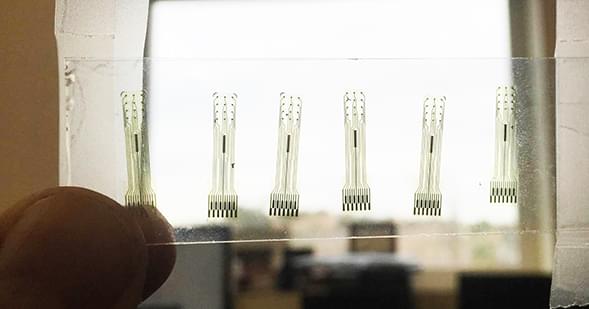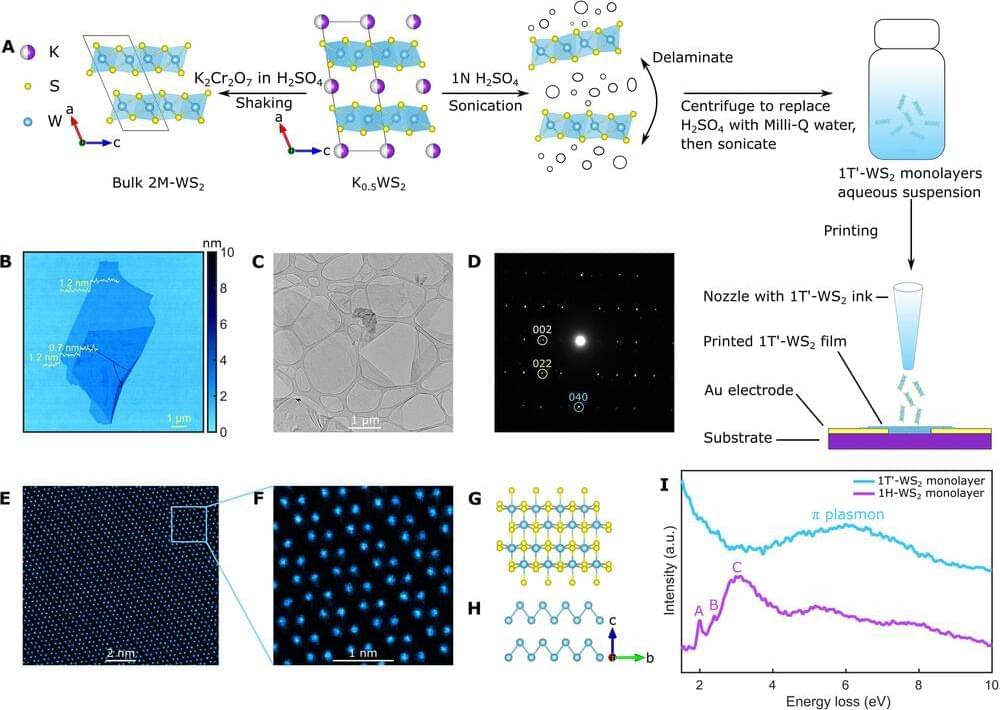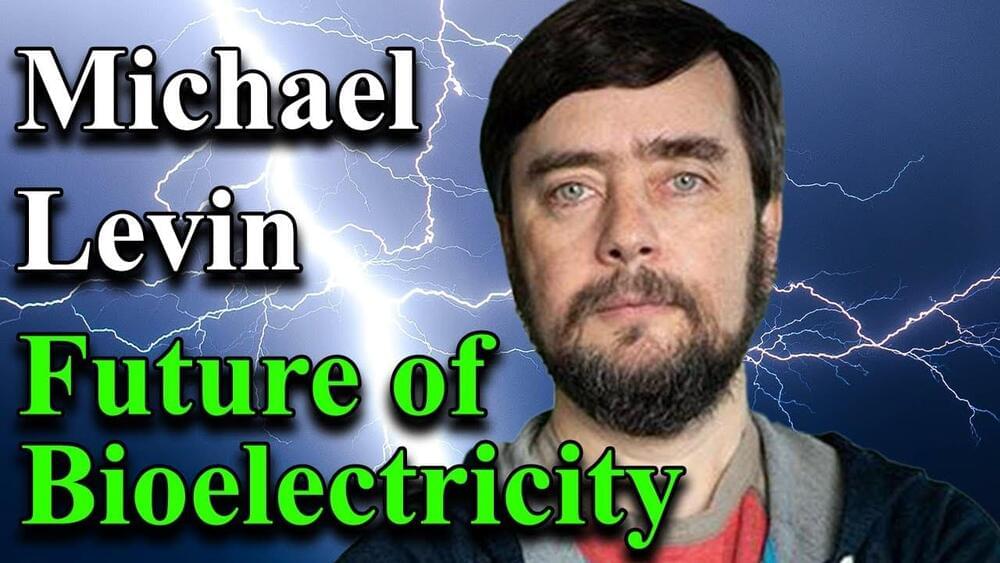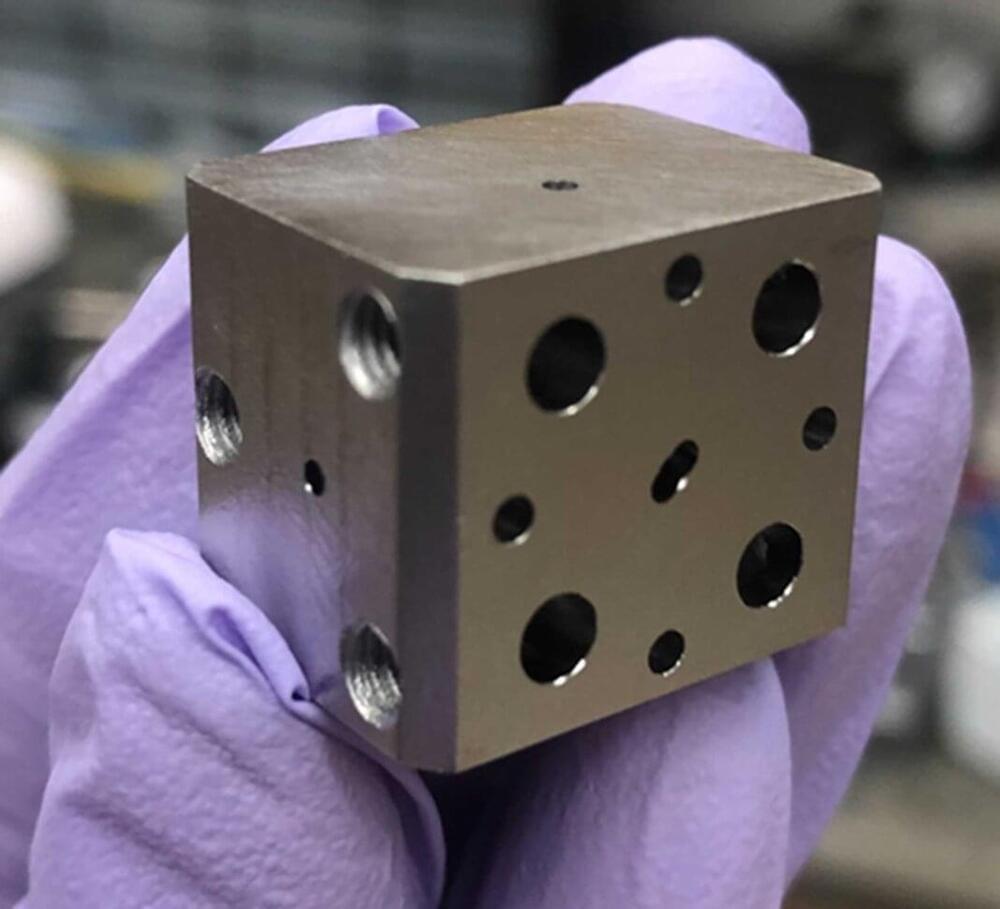Mar 25, 2023
I Made a Working Computer with just Redstone!
Posted by Jose Ruben Rodriguez Fuentes in category: computing
Hi guys! Over the last 2 months, I created a programmable 8-bit computer with just redstone. This was an insane project, and I’m super happy with how it turned out!
0:00 Intro.
0:27 Computer Overview.
1:28 Introduction to Registers and the ALU
3:37 Building the Registers.
5:00 Building the ALU
5:58 Introduction to Instruction Memory and the Program Counter.
7:44 What about loops?
9:28 Building the Program Counter.
9:57 Building the Instruction Memory.
10:55 Countdown Program in Minecraft.
11:50 One last problem.
13:01 Building the Data Memory.
14:18 Showcase.
Continue reading “I Made a Working Computer with just Redstone!” »

